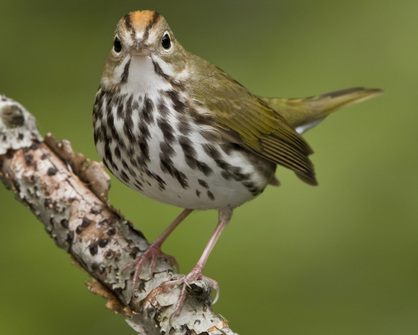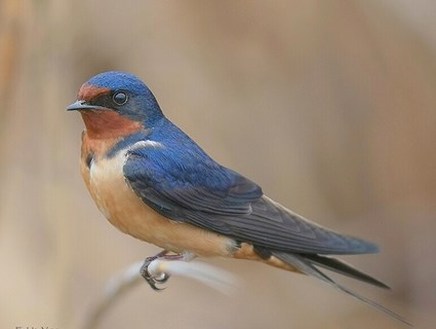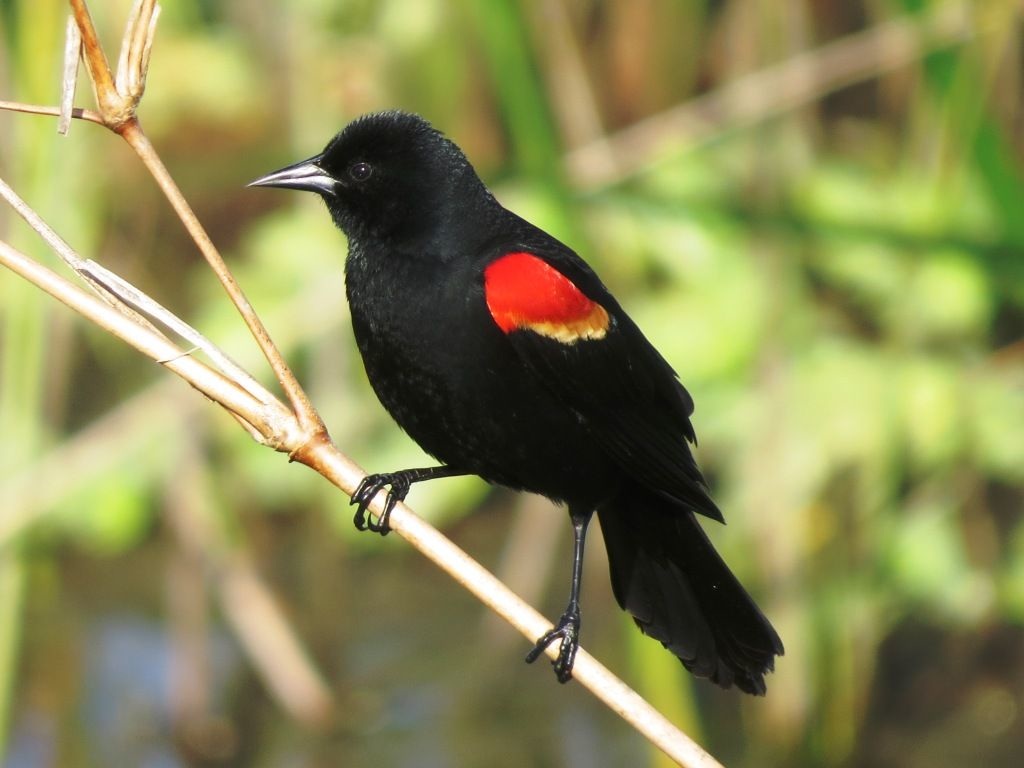Diversity of Birds at Lacawac
Biodiversity is important in an ecosystem because each species has a specific role to play. Diversity shows that the environment is healthy and resistant to disturbances. The variety of different habitats at Lacawac provide an excellent chance to see many bird species. Birds are great examples of biodiversity because they can differ greatly in size, shape, color, and habitat. The trails at Lacawac run through five main types of forests, all providing homes for different species.
Location |
|




